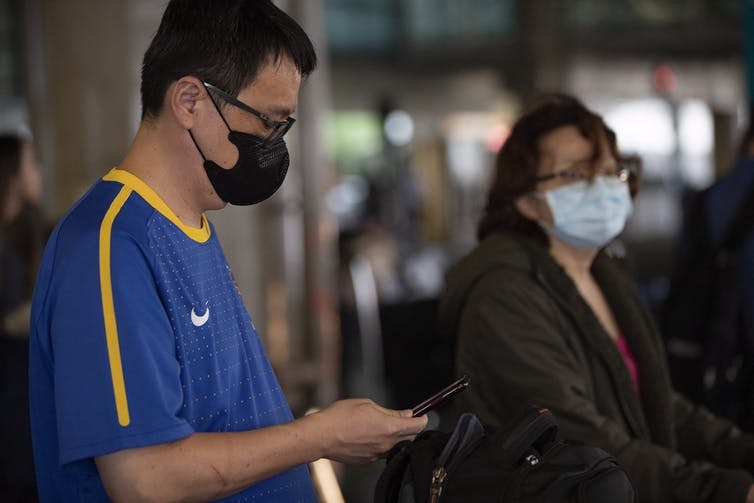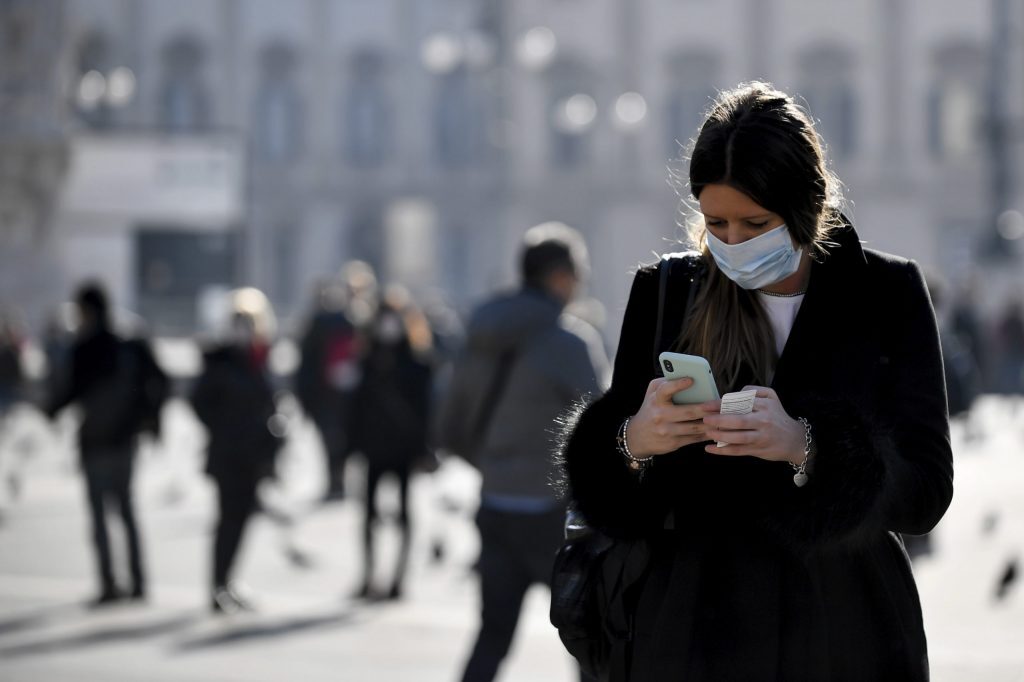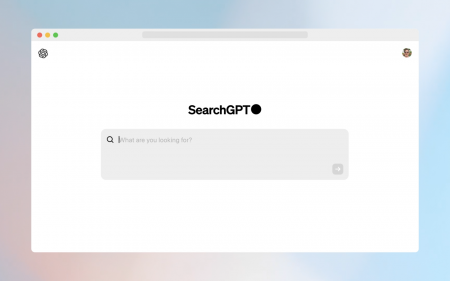In the wake of a disaster or crisis, people turn to trusted sources for information.
In today’s digitally connected world, those sources often take the form of social media platforms. These platforms allow for the rapid dissemination of information deemed vital in the midst of a disaster or crisis.
We’ve seen this most recently amid the spread of the coronavirus, as information about the outbreak floods social media feeds. That information is coming from both government sources as well as non-governmental organizations and private individuals, such was the case with many active Chinese social media users and online media outlets.
Our research contrasted the effectiveness of disaster-related information shared on Twitter by both public and private organizations, including NGOs and aid agencies.
Twitter has gained recognition as a tool that can assist in the disaster or crisis management process, allowing individuals to search specific hashtags through linking algorithms.
Victims can share their stories
Aside from being a central information and alert system, Twitter also provides a platform for the narratives of those personally affected by disasters or outbreaks, which is useful when it comes to humanitarian assistance and support.
By providing users with pertinent and reliable disaster-related information, Twitter has the potential to reduce the impact of a disaster.
While our research found that Twitter can be successful in disseminating disaster-related information, we found that both public and private organizations used the platform in a conservative manner, not releasing information quickly despite the heavy social responsibility.

We noted that these public and private organizations had a distinct lack of interaction with their followers. That limits the efficacy of the content to encourage public participation. The usefulness of disseminating this information could be greatly improved by enhancing the quality of interaction online, ensuring a two-way dialogue.
Our research further established two key organizational characteristics that significantly influenced the effectiveness of using social media for disaster-related communication.
First, internal policies of creating and disseminating information and second, the processes relating to decision-making in the organization influenced the efficacy of disaster-related communication.
Too slow
Both internal policies and decision-making processes reduced the speed of communication, ultimately decreasing the effectiveness of time-sensitive information.
Typically, public and governmental organizations exerted great care and carefully constructed their content in order to comply with official standards, policies and regulations (such as those pertaining to comment moderation, disclosure and endorsement issues) which often significantly add to the time taken to release the content.
On the contrary, private organizations — by virtue of being independently owned and operated — were able to exert far greater flexibility in adhering to regulations and certain standards of operations, and were able to co-ordinate more effectively with networks largely due to the fact that they have fewer protocols to follow than their public counterparts.
Public organizations were also hindered due to the decision-making authority regarding social media content. Typically, a social media administrator would need to obtain several levels of approval prior to posting content on a public organization’s Twitter feed about an ongoing disaster or outbreak.
As a result, the volume of published information and data produced in the public sector is less than that of the private sector. While it is vitally important that this information be fact-checked to ensure its validity, once this accurate information finally reaches a mass audience, it may be too late to have any meaningful impact.
With private organizations, our research showed information was still validated before sharing, but the decision-making process was completed in a timely manner — resulting in a greater amount of information being disseminated efficiently.
Lessons
So what are the lessons of our research so far?
We have learned that organizations making use of Twitter to disseminate disaster-related information should ensure that they’re eliminating superfluous levels of approval for validated information.
They should place a great importance on the timely dissemination of the information.
And they should also should encourage public participation and actively engage with followers to reduce the potential impact of disasters.
- is Associate Dean of Resarch and Graduate Studies & Professor of Marketing and Product Innovation, Brock University
- is Marketing Lecturer, University of Cape Town
- is Assistant Professor in Public Administration, Chiang Mai University
- This article first appeared on The Conversation




